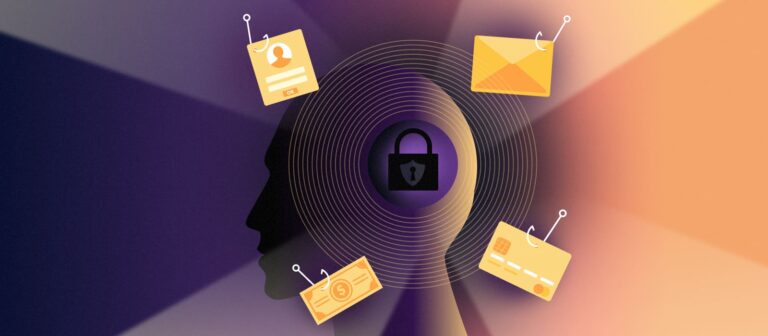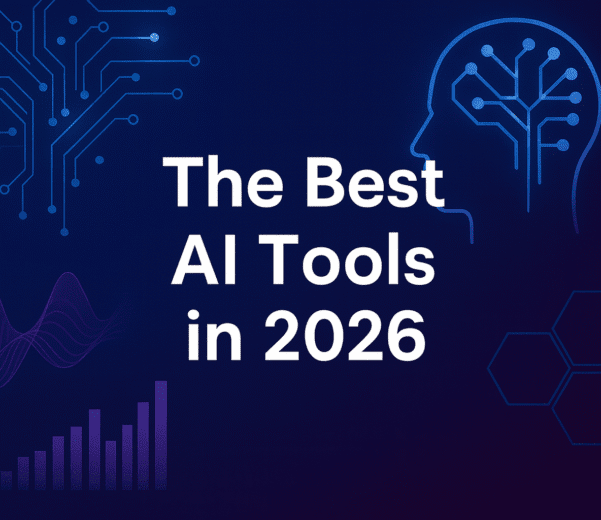Cybersecurity and fraud detection are critical areas for organizations across industries. As technology continues to evolve, the risks associated with cyber attacks and fraudulent activities are growing, making it increasingly important to develop robust security measures. One of the most promising developments in this field is the use of artificial intelligence (AI) to detect and prevent cyber threats and fraud. In this article, we’ll explore the ways in which AI is being used in cybersecurity and fraud detection, the benefits and limitations of this technology, and the potential for future developments in the field.

Introduction to AI in Cybersecurity and Fraud Detection
AI refers to the use of algorithms and computer programs to simulate human intelligence and decision-making processes. In the context of cybersecurity and fraud detection, AI can be used to analyze large amounts of data, identify patterns, and make predictions about potential threats or fraudulent activities. This technology has already had a significant impact on these fields, providing organizations with powerful tools to detect and prevent cyber attacks and fraudulent activities. Some of the key ways in which AI is being used in cybersecurity and fraud detection include:
1.1 Threat Intelligence
AI can be used to collect and analyze data from a variety of sources, including social media, dark web forums, and open-source intelligence. This data can be used to identify potential cyber threats and help organizations stay ahead of emerging threats.
1.2 Intrusion Detection
AI can be used to monitor network activity and detect potential threats in real-time. This can include identifying unusual patterns of behavior, such as a sudden increase in traffic from a particular IP address, which could indicate a cyber attack in progress.
1.3 Fraud Detection
AI can be used to analyze financial transactions and detect patterns that may indicate fraudulent activity. This can include identifying unusual spending patterns or transactions that are outside of the norm for a particular individual or business.
1.4 Incident Response
AI can be used to automate incident response processes, such as isolating infected systems, blocking traffic from suspicious IP addresses, and notifying security teams of potential threats. This can help organizations respond more quickly to cyber attacks and minimize the damage caused by these attacks.
Benefits of AI in Cybersecurity and Fraud Detection
The use of AI in cybersecurity and fraud detection offers numerous benefits, including:
2.1 Improved Accuracy
AI-powered tools can analyze large amounts of data quickly and accurately, enabling organizations to identify potential threats and fraudulent activities with greater precision. This can reduce the risk of false positives or false negatives, which can be a significant challenge in these fields.
2.2 Increased Speed
AI-powered tools can operate in real-time, enabling organizations to respond more quickly to cyber threats and fraudulent activities. This can be critical in preventing attacks from causing significant damage or financial losses.
2.3 Cost-Effective
AI-powered tools can automate many aspects of cybersecurity and fraud detection, reducing the need for manual intervention. This can be a cost-effective way for organizations to improve their security posture and reduce the risk of financial losses and reputational damage.
2.4 Scalability
AI-powered tools can be scaled up or down depending on the needs of the organization. This can be particularly useful for large organizations or those with complex security needs.

Limitations of AI in Cybersecurity and Fraud Detection
While AI has numerous benefits in the fields of cybersecurity and fraud detection, there are also some limitations that need to be considered. Below are some of the key limitations:
3.1 Bias and Inaccuracy
AI algorithms are only as good as the data they are trained on. If the training data is biased or inaccurate, the AI system may produce inaccurate results. This can lead to false positives or false negatives, which can undermine the effectiveness of the system.
3.2 Lack of Contextual Understanding
AI algorithms can struggle to understand the context of the data they are analyzing. This can make it difficult to identify new and emerging threats or fraudulent activities that may not fit within established patterns.
3.3 Over-Reliance on AI
There is a risk that organizations may become over-reliant on AI-powered tools, leading to a false sense of security. This can result in a failure to implement appropriate manual controls or oversight, which can leave organizations vulnerable to attack.
3.4 Potential for Cyber Attack
AI-powered tools can also be vulnerable to cyber attacks themselves. Hackers may be able to manipulate the training data used to develop the AI algorithms, or even trick the algorithms themselves into producing inaccurate results.

Future Developments in AI and Cybersecurity
As AI technology continues to evolve, there is potential for even more advanced and sophisticated tools to be developed for cybersecurity and fraud detection. Some potential areas for development include:
4.1 Explainable AI
One of the key challenges with AI-powered tools is the lack of transparency in how the algorithms make decisions. Explainable AI aims to address this by providing insights into how the algorithms are making decisions, making it easier to identify biases or inaccuracies.
4.2 Natural Language Processing
Natural language processing (NLP) is a form of AI that enables computers to understand and interpret human language. This technology has potential applications in cybersecurity, such as analyzing social media for mentions of potential cyber threats or monitoring internal communications for signs of fraudulent activity.
4.3 Quantum Computing
Quantum computing is a cutting-edge technology that has the potential to revolutionize the field of cybersecurity. Quantum computers can solve complex problems much faster than traditional computers, making it possible to develop more sophisticated and secure encryption algorithms.
4.4 AI-Powered Autonomous Systems
There is potential for AI-powered autonomous systems to be developed that can detect and respond to cyber threats in real-time, without the need for human intervention. This could enable organizations to respond more quickly and effectively to cyber attacks, reducing the risk of financial losses and reputational damage.
Conclusion
The use of AI in cybersecurity and fraud detection offers numerous benefits, including improved accuracy, increased speed, cost-effectiveness, and scalability. However, there are also limitations to consider, such as the risk of bias and inaccuracy, the lack of contextual understanding, and the potential for over-reliance on AI. As AI technology continues to evolve, there is potential for even more advanced and sophisticated tools to be developed for cybersecurity and fraud detection, such as explainable AI, natural language processing, quantum computing, and AI-powered autonomous systems. It will be important for organizations to continue to evaluate the benefits and limitations of AI-powered tools in the context of their specific security needs and develop appropriate strategies to manage these risks.












